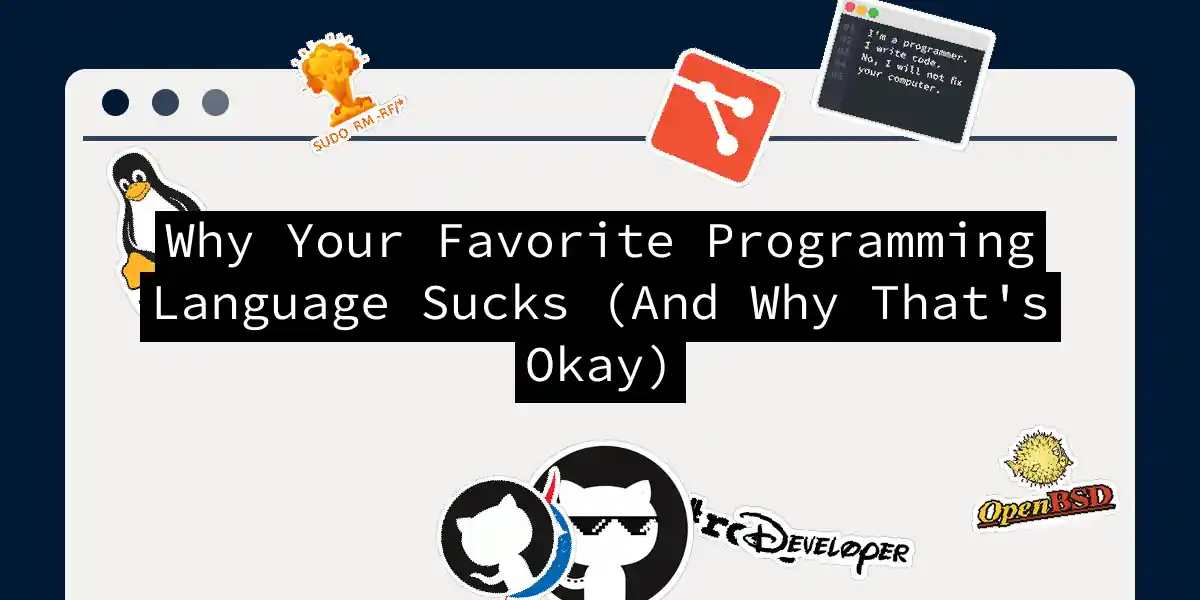
Построение распределенной системы блокировки в Go с ZooKeeper: от теории к производству
Дилемма блокировки: когда sync.Mutex уже недостаточно Вы знаете это чувство, когда осознаёте, что ваш драгоценный мьютекс в процессе уже не справляется? Да, мы все бывали в такой ситуации. Ваши предположения об однопотоковом выполнении работали нормально, пока ваша система не решила вырасти и стать распределённой. Вдруг у вас появляется несколько сервисов, работающих на разных машинах, все пытаются получить доступ к одному и тому же ресурсу, а ваш sync.Mutex сидит и выглядит растерянным — потому что он блокирует только внутри одного процесса....



